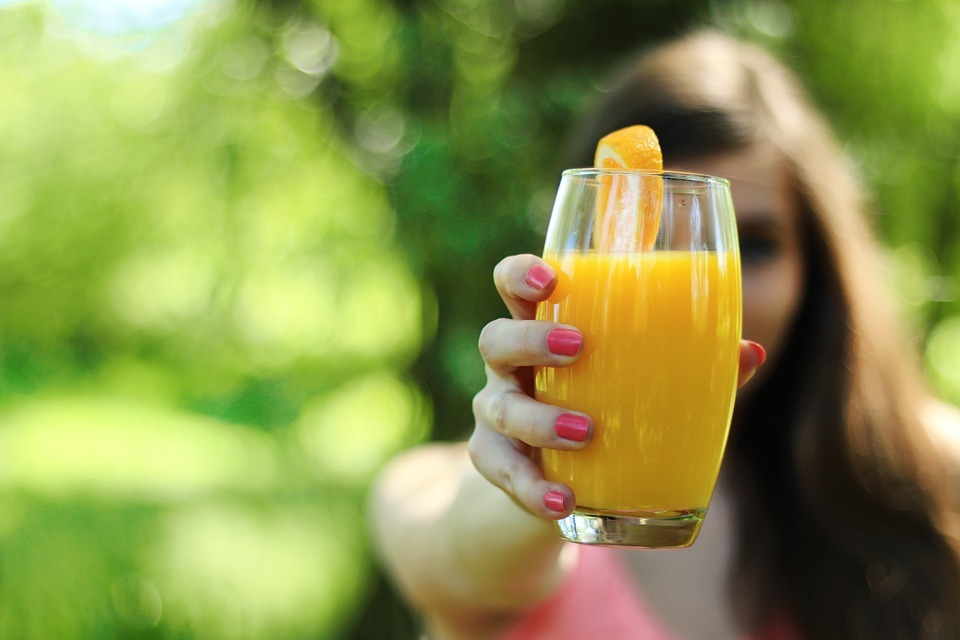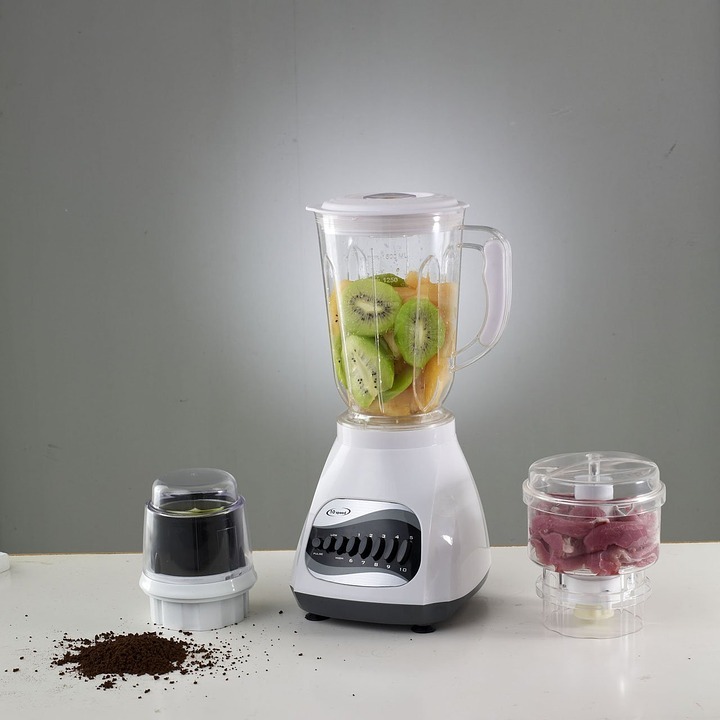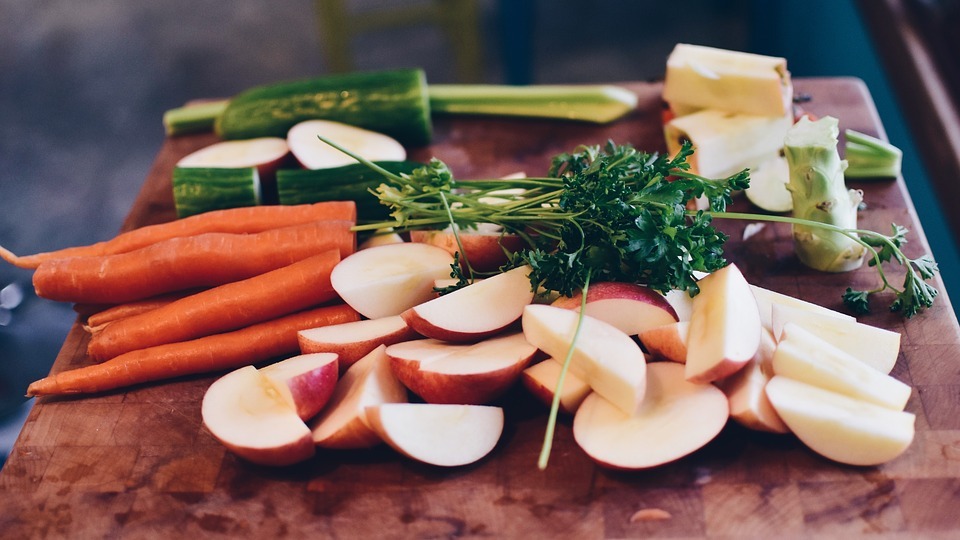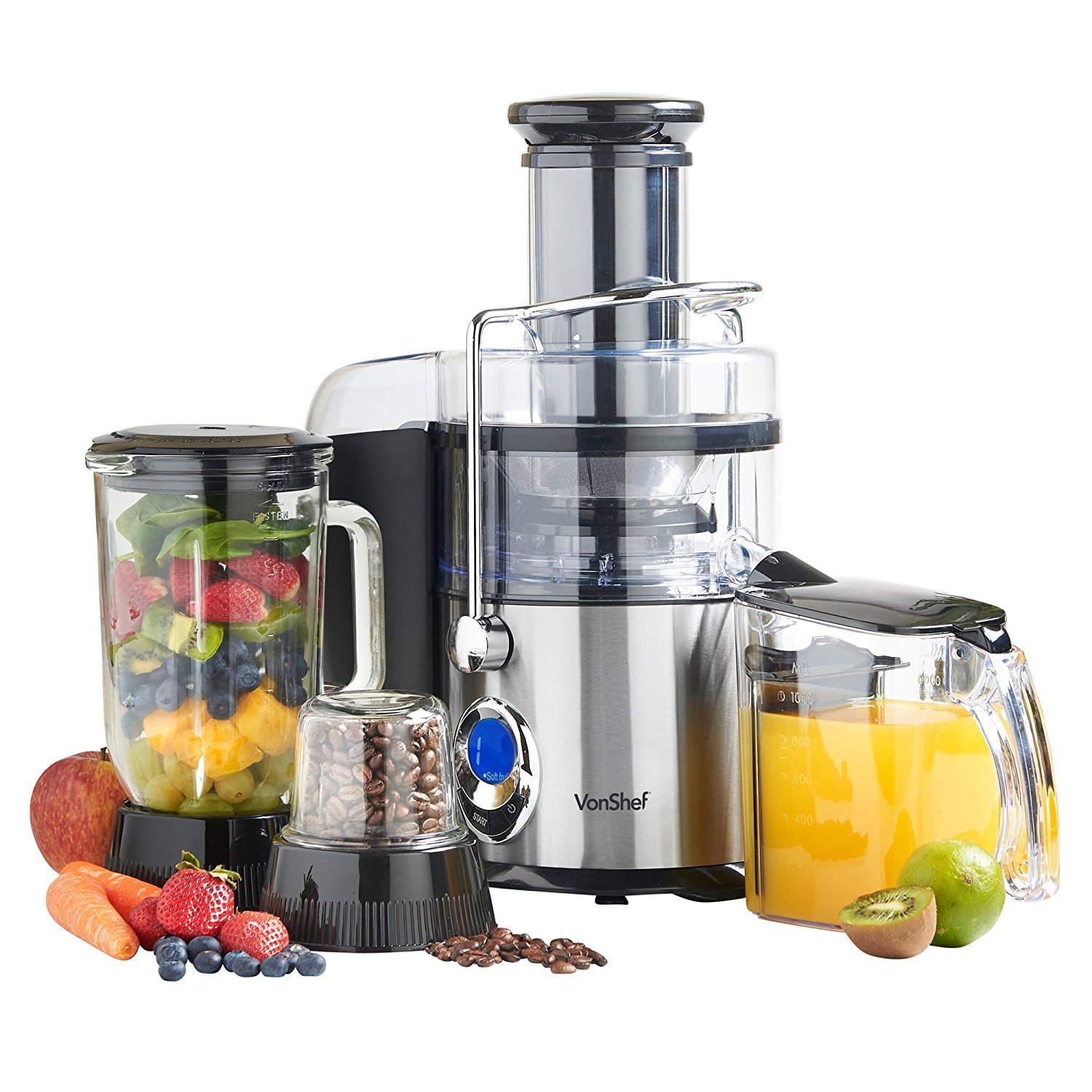History of Juicing

If you want to enter a healthier lifestyle, juicing (along with a balanced diet and exercise) is a good way to kick-start it. If you're recovering from an illness or an accident, a juicing therapy will help in nursing you back to health. Before you start browsing for the best juicer discounts or juicer deals, you may want to learn how juicing started and evolved.
You might say, "It looks like the juicing trend will not go anytime soon!" As a matter of fact, juicing has been practiced and favored by health buffs since thousands and thousands of years ago. And the Dead Sea Scrolls will prove you that! It mentioned an ancient Jewish desert tribe known as the Essenes who would mash pomegranate and figs for "profound strength and subtle form," around 150 B.C.
Ancient Indian practitioners of Ayurvedic medicine would make juices from lime and orange and add them with salt -- they believed this concoction would fight off fatigue. They also prepared juices made of beet and grape to help increase red blood cells.
Before the advent of machines, herbalists and other practitioners would mostly ground, grate, pound crush, and press fruits and vegetables to extract juice for the purposes of healing.
Ancient Origins of Juicing
1. Early Egyptian and Middle Eastern Roots
The first known instances of juicing can be traced back to ancient civilizations like Egypt and the Middle East. Around 1500 B.C., Egyptians recognized the health benefits of fruit and vegetable juices. They used these drinks not just for hydration but also for medicinal purposes, treating various ailments with natural juices. Early records suggest that pomegranates were particularly prized for their health-boosting properties, often used as a natural remedy to fight infections and purify the blood.
Similarly, Middle Eastern cultures experimented with fruit juices, combining them with herbs and spices for both medicinal and culinary purposes. Fresh juices were highly valued for their rejuvenating effects, and it is believed that these civilizations were among the first to understand that juicing fruits and vegetables could concentrate their healing properties.
2. Traditional Chinese Medicine (TCM)
In ancient China, juicing was also an integral part of Traditional Chinese Medicine (TCM). For thousands of years, Chinese healers have used fruit and vegetable juices as part of their medicinal practices. Juices made from ingredients like carrots, ginger, and leafy greens were believed to restore balance and improve energy flow (Qi) in the body.
The principles of TCM still influence modern juicing practices today, especially the belief that specific ingredients in juices can target particular health issues, such as detoxification, digestion, and energy boosting.
Juicing in the Modern Era
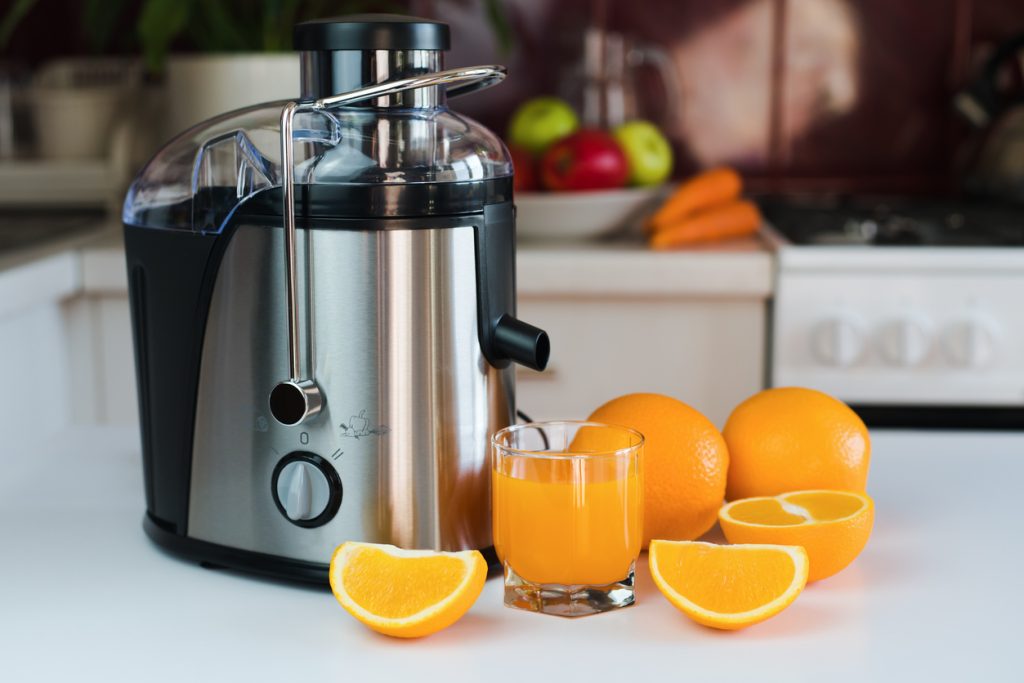
3. The Birth of the Juice Revolution (1930s)
Fast-forward to the early 20th century, and juicing as we know it began to take shape. The pivotal moment for modern juicing came in the 1930s, thanks to Dr. Norman Walker, a health enthusiast and pioneer in the raw food movement. Walker developed one of the first mechanical juicing machines, the Norwalk Juicer, which extracted juice through a two-step process of grinding and pressing.
Dr. Walker believed in the healing power of fresh juices, advocating that consuming raw fruit and vegetable juices could detoxify the body and prevent disease. His influence popularized juicing among health-conscious individuals, and his methods are still revered today. His book, Fresh Vegetable and Fruit Juices: What's Missing in Your Body?, remains a foundational text in the juicing community.
Jewish-American physician Max Gerson proposed and developed the alternative treatment for cancer, called Gerson Therapy, a diet based of purely organic plant-based matter such as fruits and vegetables. He was the first to introduce the concept that such diet could be used to cure serious diseases, particularly cancer.
4. The Post-War Juice Boom (1950s–1960s)
In the 1950s and 1960s, as more people began to focus on health and fitness, juicing became even more widespread. Companies started manufacturing more juicers for home use, making fresh juices more accessible. This period saw a surge in the popularity of carrot juice, largely due to the health campaigns that emphasized its benefits for vision, skin, and overall well-being.
In the mid-1950s the world's first masticating was introduced, called the Champion juicer. It might have worked fast to give a freshly-made juice, but high speed of the turning rod -- at 4,000 rpm -- generated heat, which destroyed the juice's live enzymes and nutrients.
Juicing wasn’t just limited to health enthusiasts anymore. It was becoming a part of everyday wellness for many families, who incorporated fresh juices into their daily diets for health maintenance and disease prevention.
Juicing in the Late 20th Century
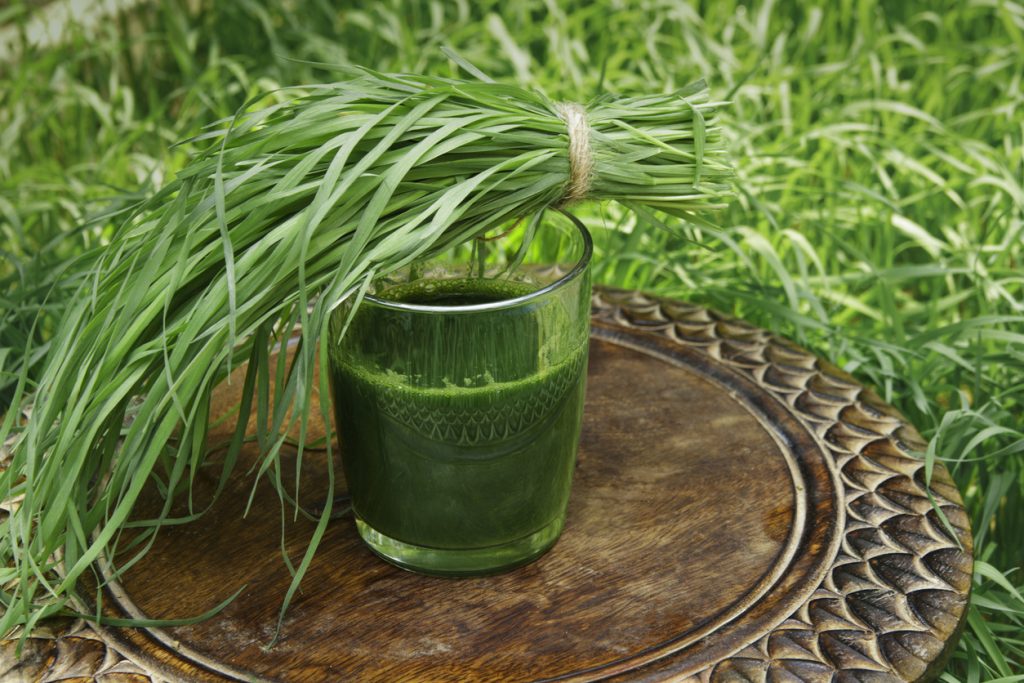
5. The Juice Fasting Movement (1970s–1990s)
In the 1970s, juicing took on a new dimension with the rise of juice fasting and detox diets. Juice fasting involved consuming only fruit and vegetable juices for a set period to "cleanse" the body. This practice grew in popularity as people sought alternative methods for improving their health and detoxifying their bodies naturally.
The rise of wellness movements in the 1980s and 1990s further fueled the juicing trend. High-profile health advocates and alternative medicine practitioners promoted juice fasts as a way to eliminate toxins, boost immunity, and promote weight loss. Though the scientific benefits of juice fasting remain a topic of debate, this period cemented juicing as a key component of many health-conscious lifestyles.
6. Wheatgrass and Superfoods (1980s–1990s)
During the same era, "superfoods" like wheatgrass entered the spotlight, and juicing bars began popping up in major cities around the world. Wheatgrass juice was lauded for its high concentration of vitamins, minerals, and chlorophyll, quickly becoming a favorite ingredient in health-conscious communities.
In addition to wheatgrass, other nutrient-dense ingredients like spirulina, kale, and beets found their way into juicing recipes, marking the beginning of the superfood juice craze that is still popular today.
In 1993, the world's first twin-gear juicer was invented by a Korean man known only as Mr. Kim, whose goal was to introduce a "living juicer" to the world. The juicer was called the Green Power, whose method of extracting juice was based on the mortar-and-pestle principle of pressing out the maximum amount of living nutrients because it did not use heat or friction.
In the 1990s Jamba Juice was founded in San Luis Obispo, California. It began offering a wide range of smoothies, but now they also offer freshly squeezed juice and health bowls. It now has 800 locations in 26 states, as well as international branches mostly in North America and Asia.
Juicing in the 21st Century
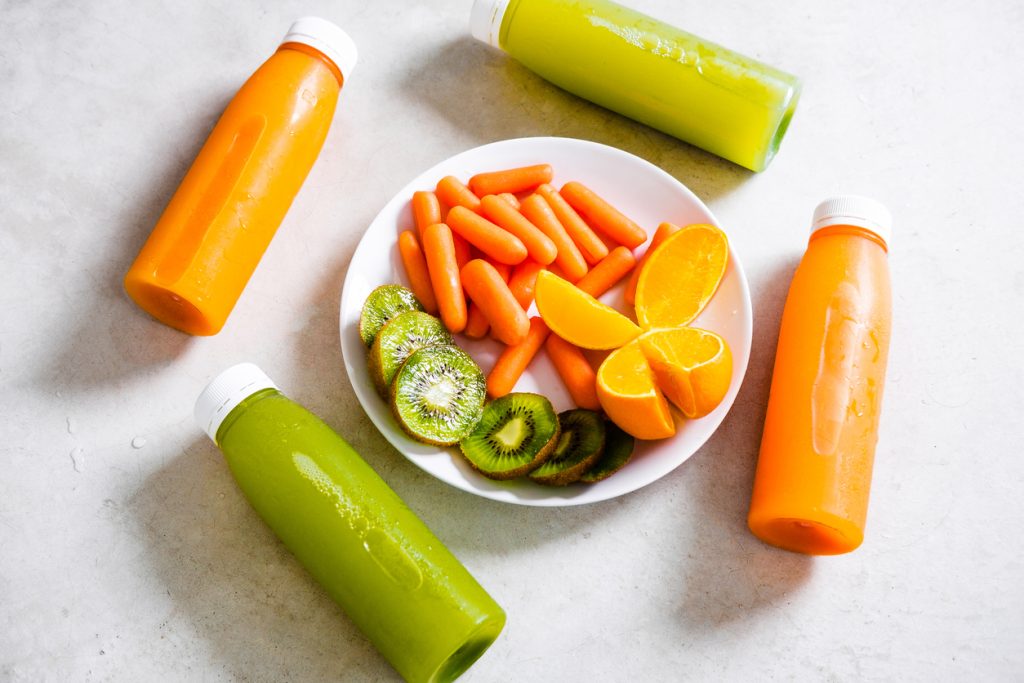
7. Cold-Pressed Juice Craze (2000s–Present)
The 2000s saw the rise of cold-pressed juicing, a method that uses hydraulic pressure to extract juice from fruits and vegetables without generating heat. Unlike traditional centrifugal juicers, cold-pressed juicers preserve more nutrients and enzymes, making the juice fresher and more nutritious.
Cold-pressed juices quickly became a symbol of high-end wellness. Juice bars offering cold-pressed options sprang up everywhere, especially in health-conscious cities like Los Angeles and New York. Although these juices were often more expensive than their traditional counterparts, they became a go-to option for health enthusiasts looking for maximum nutritional value.
8. Juicing for Specific Health Goals
In recent years, juicing has continued to evolve, with more people using juices to target specific health concerns. Whether it's a juice blend designed for gut health, immune support, energy boosting, or skin health, today’s juices are often formulated to address precise wellness goals.
Thanks to advancements in juicer technology and a broader understanding of nutrition, juicing has become an even more customizable and accessible practice. From juice cleanses to daily energy boosts, juicing is now a regular part of the wellness routines for millions of people worldwide.
Juicing Today
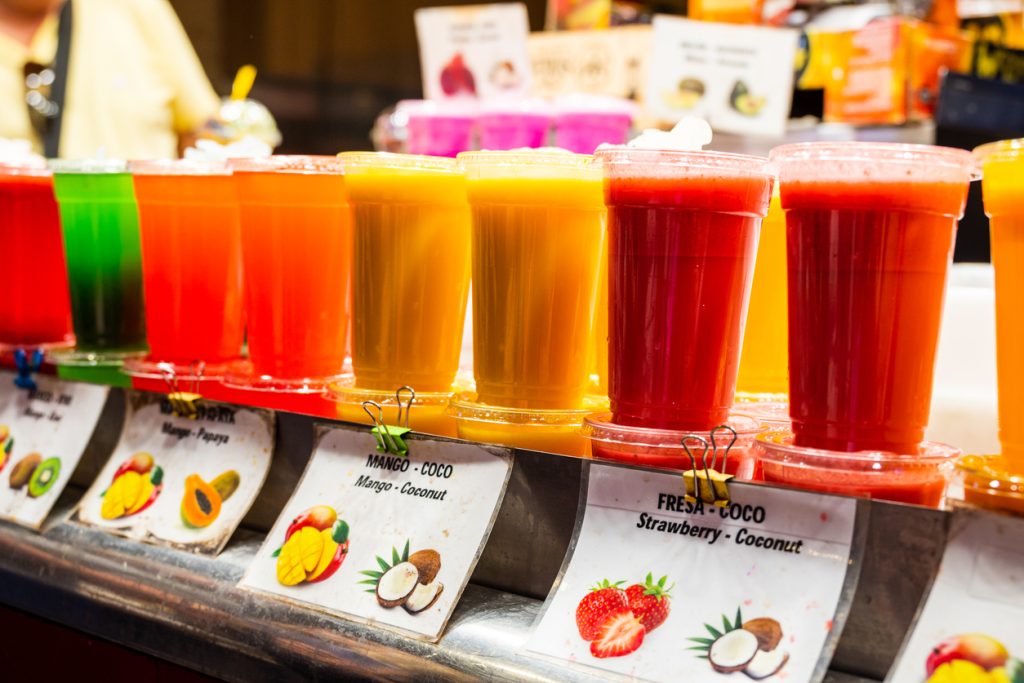
From its ancient origins in Egypt and China to the modern cold-pressed juice bars found on nearly every corner, juicing has a long and fascinating history. What began as a method for extracting the medicinal properties of fruits and vegetables has evolved into a full-fledged wellness movement.
Today, juicing is more popular than ever, with countless options to suit every lifestyle. Whether you’re seeking a nutrient-packed morning boost, a detoxifying juice cleanse, or just a delicious way to enjoy your fruits and veggies, juicing remains a powerful way to improve your health and well-being. The practice may have ancient roots, but its appeal is timeless, offering fresh and vibrant nourishment for generations to come.

